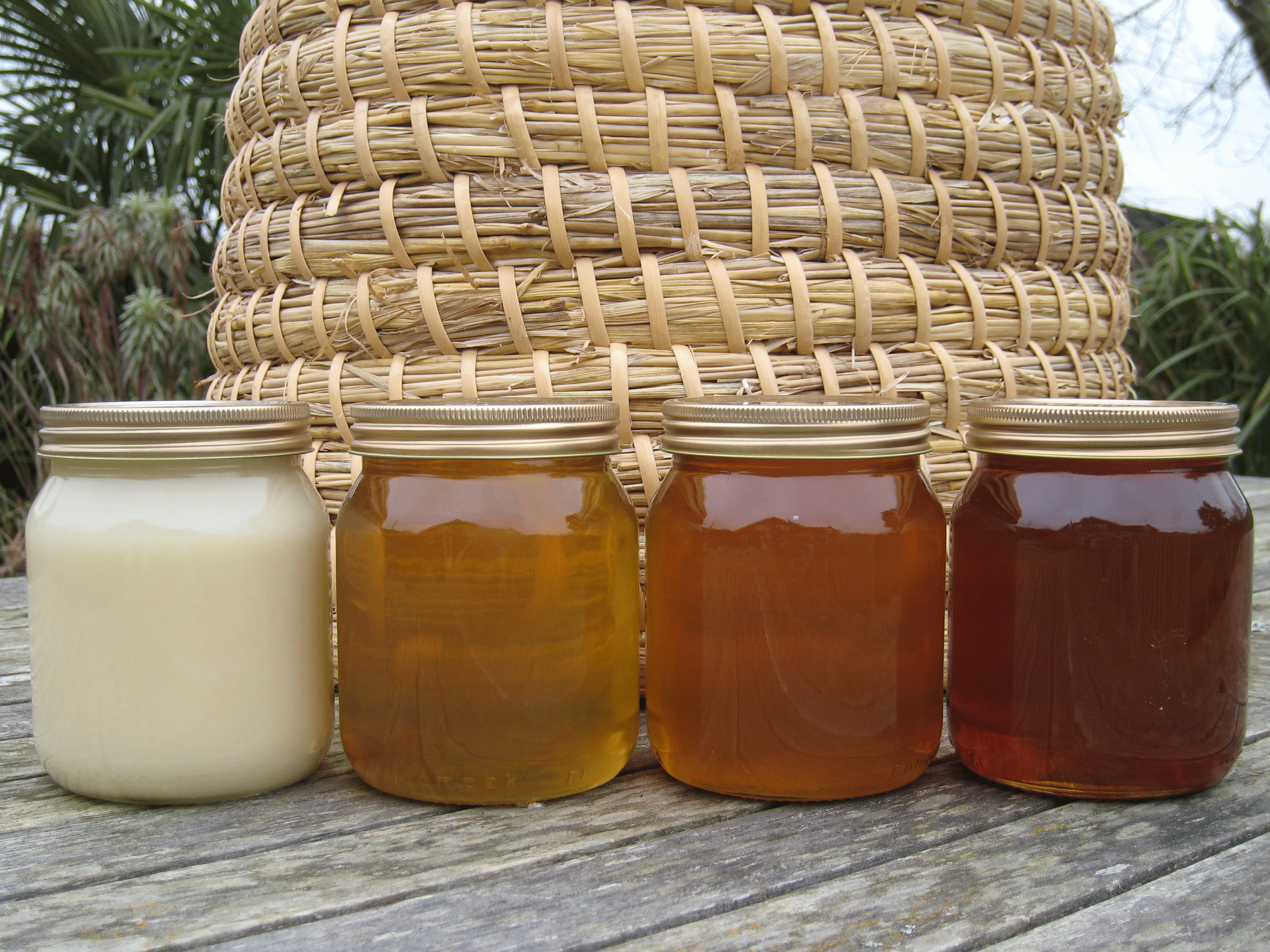How do bees make honey?
Link to products
Honeybees make honey from nectar, a sweet liquid found at the base of flowers. They gather nectar through the seasons, from the earliest spring snowdrop, the mid-summer blackberries through to autumn asters and winter flowering heathers.
Honeybees from a hive will visit about 2 million flowers to make a single jar of honey!
When back at the hive, worker bees place the nectar in beeswax honeycomb cells and evaporate water from the nectar by fanning the honeycomb with their wings. When the honey is ripe, each individual cell is perfectly sealed with white beeswax capping. This keeps the honey beautifully fresh for the bees to eat throughout the long winter when few flowers are available to forage.
The flavour and colour of the honey depends on the floral source. The honey can vary between locations and even between hives which are side by side in the same apiary. Our honey is typically polyfloral - a mixture from nectar gathered from a wide range of flowers in the Oxfordshire and Berkshire area.
Read on to find out why bees make honey,
See how beekeepers collect honey
or go here to see our local honey.

A worker bee feeding on lavender nectar

Workers sealing honeycomb cells with wax

Different colours of honey - from different floral sources
